Massachusetts, often celebrated for its rich history and cultural heritage, also bears witness to a lesser-known narrative of its earthquake history.
While not as renowned for seismic activity as other regions, Massachusetts has experienced notable earthquakes that have left their mark on the state’s landscape and collective memory.
From colonial times to today, seismic events have periodically shaken the ground, reminding residents of the dynamic geological forces beneath their feet.
Understanding Massachusetts’ earthquake history provides insights into the state’s geological context and underscores the importance of preparedness and resilience in the face of natural hazards.
By exploring the historical evidence of earthquakes in Massachusetts, we gain a deeper appreciation for the region’s vulnerability to seismic activity and the need for ongoing monitoring and mitigation efforts to safeguard lives and infrastructure.
Massachusetts Earthquake History
Although not typically associated with seismic activity, Massachusetts has experienced its share of earthquakes throughout history.
While they may not be as frequent or intense as in other parts of the world, the state has witnessed notable seismic events that have left their mark on the region’s history.
Here are five instances of historical evidence showcasing Massachusetts’ earthquake history:
The Cape Ann Earthquake of 1755

The Cape Ann Earthquake, also known as the Cape Ann Earthquake of 1755, struck Massachusetts on November 18, 1755. It is one of the most significant earthquakes to have affected the region, with an estimated magnitude of around 6.0.
The quake caused widespread damage, particularly in Cape Ann, where chimneys toppled, walls cracked, and some buildings collapsed. Reports suggest it was felt as far north as Nova Scotia and south as South Carolina, highlighting its considerable reach and impact.
The Newburyport Earthquake of 1851

On November 18, 1851, Massachusetts experienced another significant earthquake centered around Newburyport. This event, often called the Newburyport Earthquake, had an estimated magnitude of around 6.0 and caused considerable alarm and damage across the region.
Residents reported intense shaking, with chimneys falling, walls cracking, and objects being thrown from shelves. The earthquake served as a stark reminder of the seismic hazards present in the area.
The Eastport Earthquake of 1904
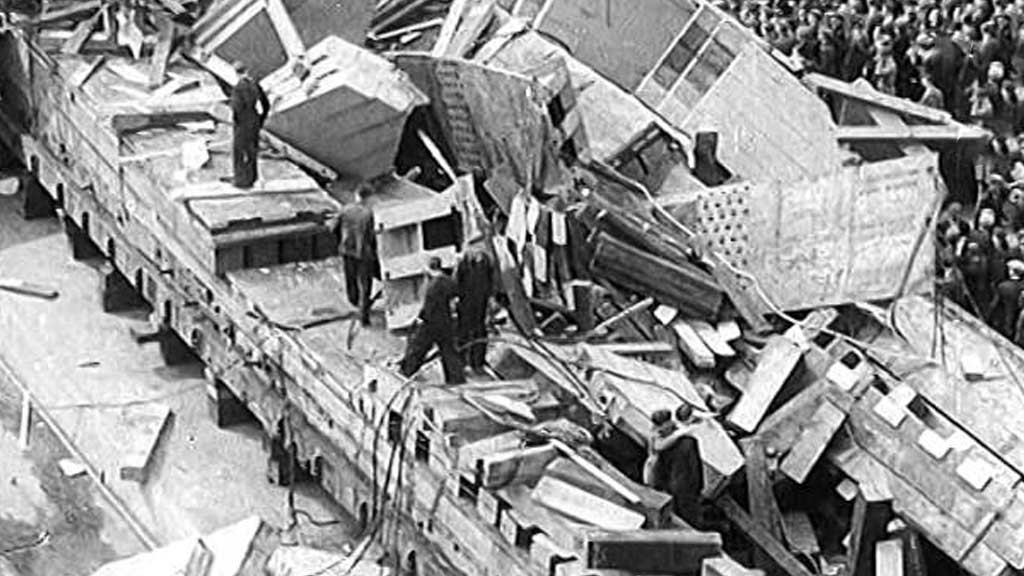
On March 21, 1904, Massachusetts felt the effects of the Eastport Earthquake, which originated near Eastport, Maine, but was widely felt throughout New England.
While its epicenter was outside the state, the earthquake’s impact was significant in Massachusetts, with reports of buildings swaying in Boston and residents feeling tremors as far away as Worcester.
Although it did not cause extensive damage, the event raised awareness about the potential for seismic activity in the region.
The Quabbin Reservoir Earthquake of 1966
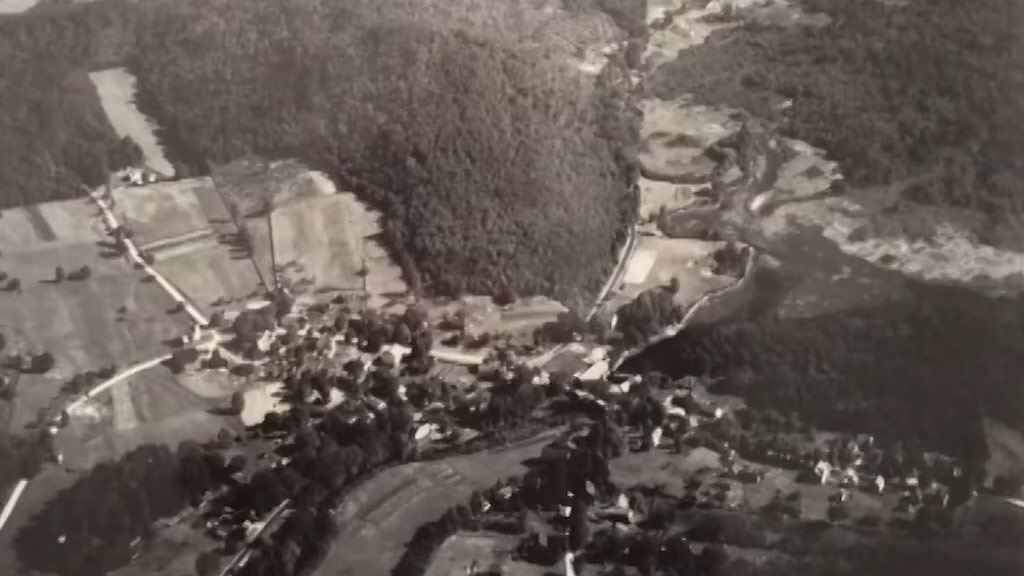
The Quabbin Reservoir Earthquake occurred on October 29, 1966, centered near the Quabbin Reservoir in central Massachusetts. With a magnitude of around 5.5, this earthquake rattled windows and shook buildings across the state, causing minor damage in some areas.
While not as powerful as some of the earlier quakes, it served as a reminder that seismic events can still occur in Massachusetts, even in relatively quiet periods.
The Bliss Corner Earthquake of 1976
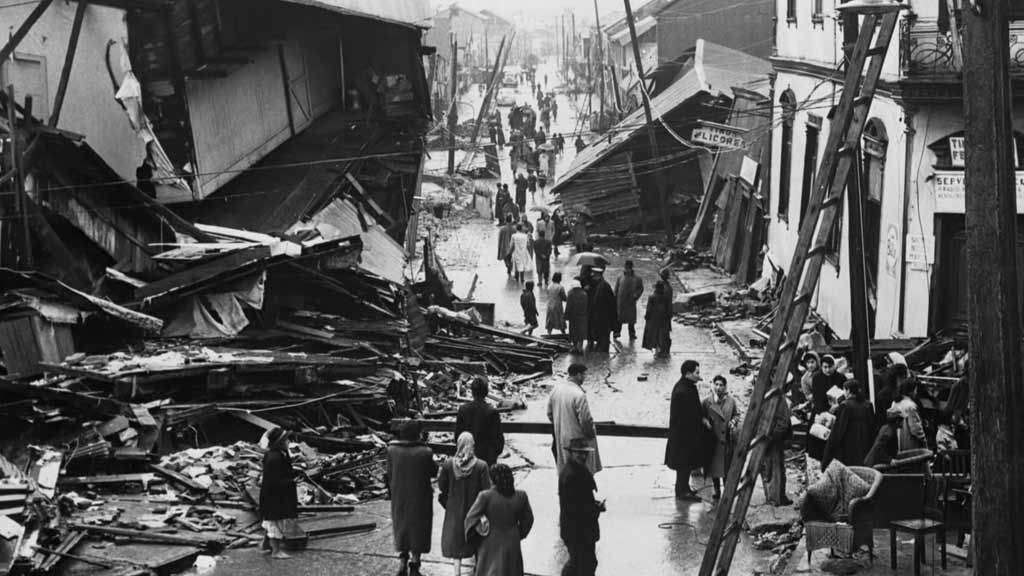
On December 9, 1976, Massachusetts experienced the Bliss Corner Earthquake, centered near the town of Dartmouth in the state’s southeastern part. With a magnitude of approximately 4.7, the quake was felt across southeast Massachusetts and Rhode Island.
While it did not cause significant damage, it underscored the importance of preparedness and monitoring for seismic activity, even in regions not traditionally associated with earthquakes.
The Saguenay Earthquake of 1988

Although primarily centered in Quebec, Canada, the Saguenay Earthquake 1988 had notable effects in Massachusetts. On November 25, 1988, a magnitude 5.9 earthquake sent tremors throughout New England, including Massachusetts.
While damage in the state was relatively minor, residents reported strong shaking and swaying of buildings, particularly in the western parts of Massachusetts.
The event served as a reminder of the interconnectedness of seismic activity across regions.
The Gloucester Earthquake of 2011
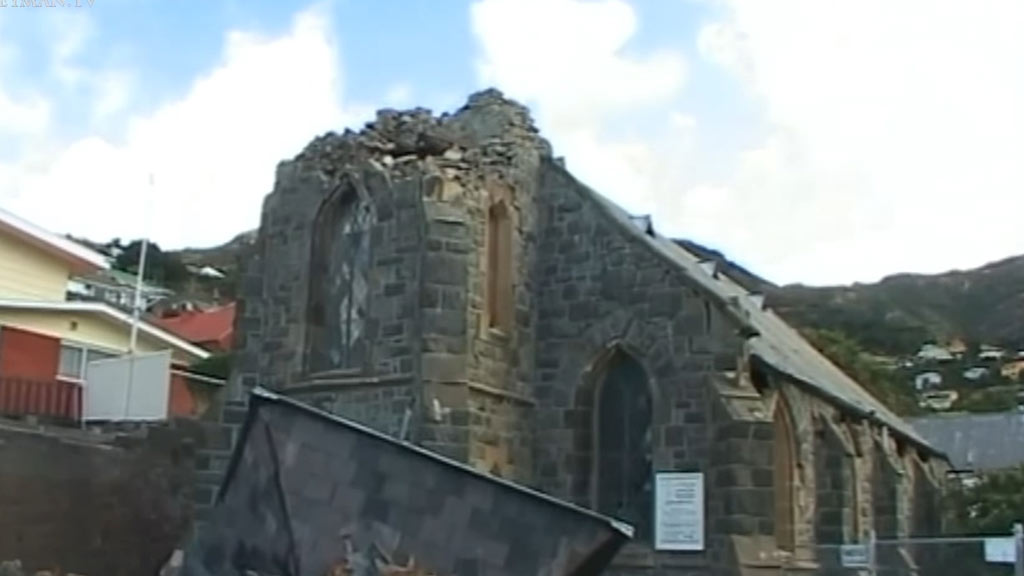
On August 23, 2011, Massachusetts experienced a moderate earthquake with a magnitude of 5.8, originating near Mineral, Virginia. While the epicenter was far from Massachusetts, the quake was felt across the East Coast, including in the state.
Residents in cities like Gloucester reported feeling the ground shaking, and some buildings were evacuated as a precautionary measure. The event highlighted the potential for distant earthquakes to impact regions far from their epicenter.
The Bliss Corner Earthquake of 2020
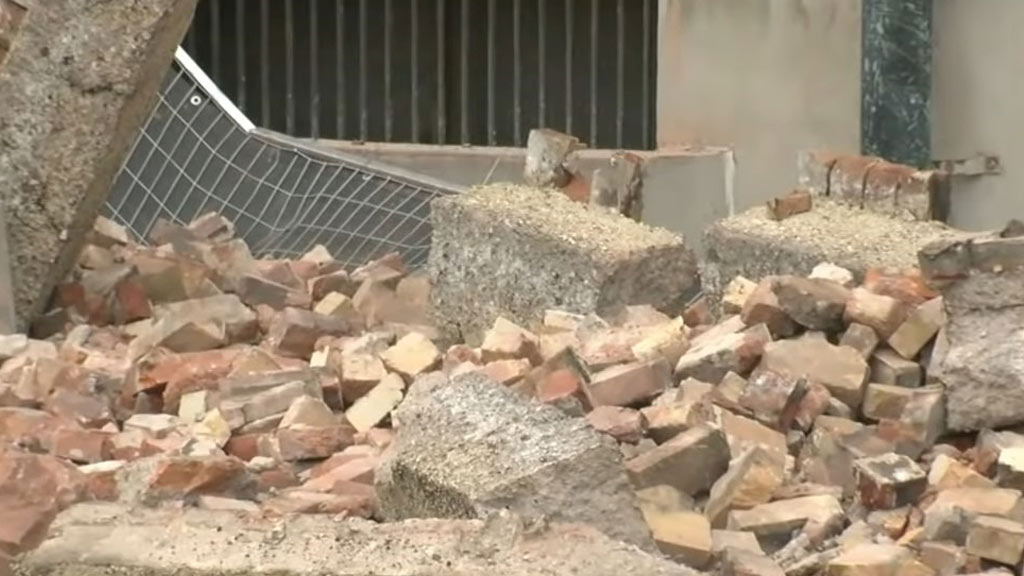
A minor earthquake with a magnitude of 3.6 struck the Bliss Corner area again on May 17, 2020. Centered near New Bedford, Massachusetts, the quake was felt across the state’s southeastern part.
While no significant damage was reported, residents felt shaking and rattling, serving as a reminder of the ongoing seismic activity in the region.
The Connecticut River Valley Earthquake Swarm of 1727
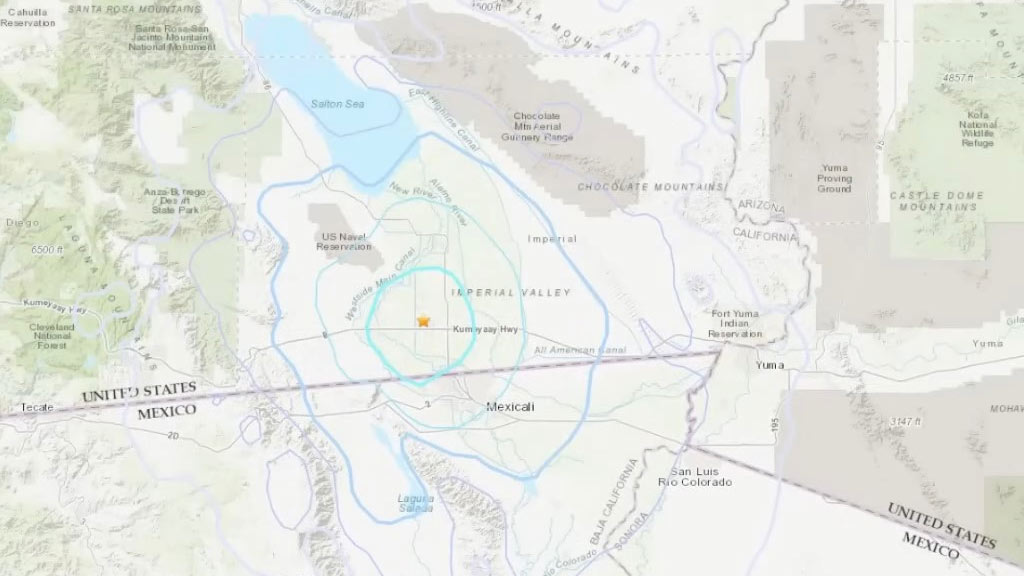
In the early 18th century, the Connecticut River Valley, which spans through Massachusetts, experienced a series of earthquakes known as the 1727 Earthquake Swarm.
These seismic events occurred over several months, with the most significant quake estimated to be around magnitude 5.0. While historical records of the exact impacts are limited, accounts suggest that the quakes caused alarm among settlers and led to structural damage in some areas.
The Mohawk Trail Earthquake of 1934
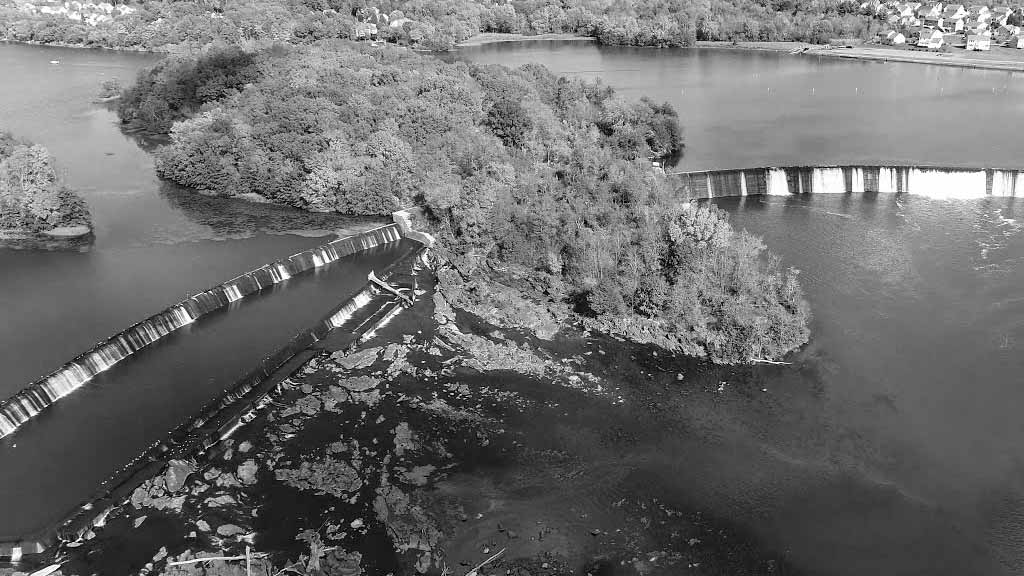
On February 25, 1934, a moderate earthquake struck the Mohawk Trail region of western Massachusetts. With a magnitude of around 5.5, the quake caused minor damage to buildings and infrastructure in towns along the trail. Residents reported feeling strong shaking, and some chimneys were toppled.
The event served as a reminder of the seismic hazards present even in more rural parts of the state.
Why Does Massachusetts Get So Many Earthquakes?
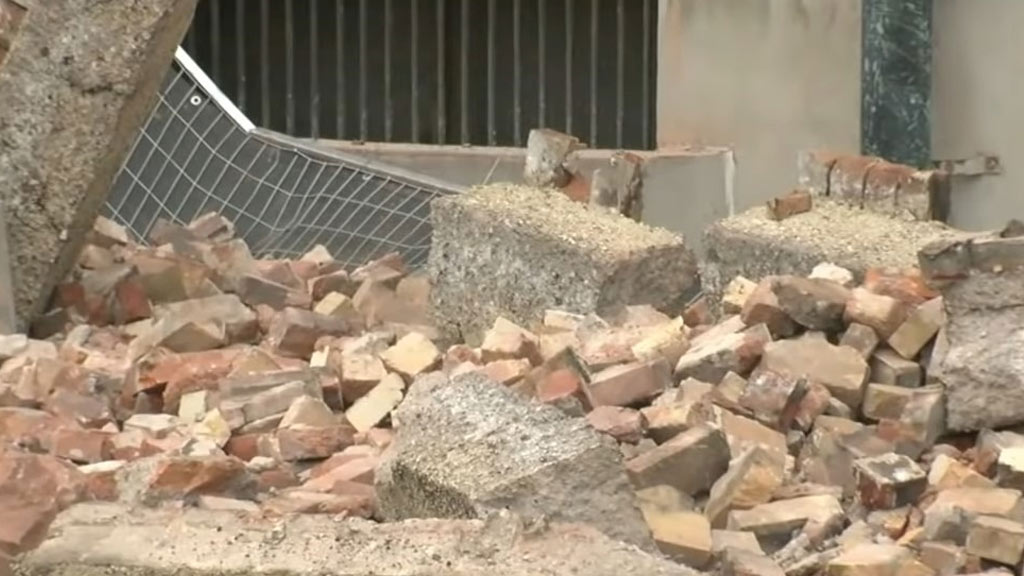
While Massachusetts may not be as seismically active as some other regions, it still experiences earthquakes due to various geological factors. Here are seven reasons why Massachusetts encounters seismic activity:
Tectonic Activity along Fault Lines
Massachusetts sits on the boundary of several tectonic plates, including the North American Plate and the Atlantic Plate.
While not as seismically active as regions near significant fault lines, the interactions between these plates can still generate earthquakes, albeit less frequently and with lower magnitudes.
Residual Stress Release
Over time, stress accumulates within the Earth’s crust due to various geological processes. In Massachusetts, this stress can be released suddenly, leading to earthquakes.
Although the state is not located near a plate boundary, the gradual buildup and stress release within the crust can still result in seismic events.
Ancient Fault Lines
While less active than more prominent fault lines, Massachusetts is crisscrossed by ancient fault lines from past geological activity. Even if infrequent, movement along these old fault lines can still produce earthquakes.
These ancient fault lines may not always be well-documented, making it challenging to predict seismic events accurately.
Glacial Rebound
During the last Ice Age, glaciers covered much of Massachusetts. As these glaciers retreated, the landmass began to rebound or rise slowly.
This ongoing rebound process can induce stress within the crust, potentially leading to seismic activity, although typically of low magnitude.
Human Activities
Human activities such as mining, quarrying, and reservoir-induced seismicity can also contribute to earthquakes in Massachusetts. While these induced earthquakes are generally more minor in magnitude, they can still be felt locally and contribute to the region’s overall seismicity.
Regional Stress Transfer
Seismic activity in neighboring regions can also affect Massachusetts. Stress transferred from nearby earthquakes or tectonic events can influence the stability of the crust in the state, occasionally resulting in seismic events.
This phenomenon highlights the interconnected nature of seismic activity across geographical boundaries.
Urbanization and Infrastructure
The construction of large buildings, highways, and other infrastructure can alter the stress distribution within the Earth’s crust, potentially triggering earthquakes in urbanized areas.
While human-induced earthquakes in Massachusetts are relatively rare, the increasing urbanization and infrastructure development could play a role in future seismic activity in the state.
FAQs
How common are earthquakes in Massachusetts?
While Massachusetts is not considered a high-seismicity area, it still experiences occasional earthquakes. These events are typically low to moderate magnitude and occur sporadically throughout the state’s history.
While not as frequent as in regions along significant fault lines, earthquakes in Massachusetts highlight the importance of preparedness and awareness of seismic hazards.
What causes earthquakes in Massachusetts?
Massachusetts experiences earthquakes due to a combination of factors, including tectonic activity along ancient fault lines, glacial rebound from the last Ice Age, and human-induced activities such as mining and reservoir construction.
While the state is not located near a major plate boundary, releasing accumulated stress within the Earth’s crust can still generate seismic events.
Have earthquakes in Massachusetts caused significant damage?
While earthquakes in Massachusetts have caused damage in the past, particularly to older structures and infrastructure, the overall impact is usually limited compared to regions with higher seismic activity.
Most earthquakes in the state result in minor damage, such as cracked walls, toppled chimneys, and rattled nerves, rather than widespread destruction.
How does Massachusetts prepare for earthquakes?
Massachusetts has measures to mitigate the effects of earthquakes, including building codes that consider seismic risk, public awareness campaigns, and emergency response plans.
Additionally, organizations such as the Massachusetts Emergency Management Agency (MEMA) work to educate the public and coordinate emergency response efforts during a seismic event.
Can earthquakes in Massachusetts be predicted?
While scientists can monitor seismic activity and assess the likelihood of future earthquakes, predicting specific events with precision remains challenging.
Like many other regions, Massachusetts relies on monitoring networks and geological studies to understand the potential for earthquakes and inform preparedness efforts.
While technological advancements and research continue to improve our understanding of seismic activity, accurately predicting individual earthquakes remains elusive.
Conclusion
In tracing the earthquake history of Massachusetts, we uncover a fascinating tapestry of seismic events that have punctuated the state’s narrative over the centuries.
From the Cape Ann Earthquake of 1755 to more recent tremors, each seismic event has contributed to the evolving understanding of Massachusetts’ geological landscape.
While seismic activity may not be as frequent or intense as in some other parts of the world, the historical evidence serves as a poignant reminder of earthquakes’ unpredictable nature and potential impact on communities.
As Massachusetts continues to grow and evolve, it is imperative to remain vigilant and proactive in earthquake preparedness and mitigation efforts.
By learning from the lessons of the past and embracing a culture of resilience, Massachusetts can better adapt to the ever-present threat of earthquakes and ensure the safety and well-being of its residents for generations to come.
Jaclyn Lowe